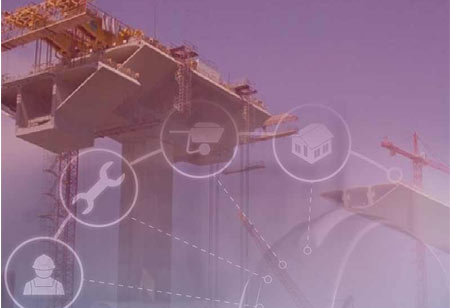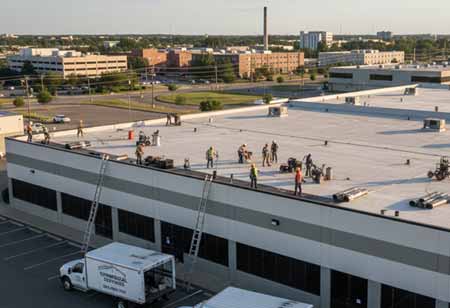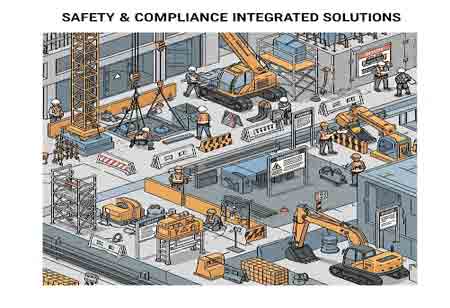Thank you for Subscribing to Construction Business Review Weekly Brief
Specials
- Apartment and Condominium Contractors Canada
- Decking Canada
- Architectural Glass Europe
- MEP APAC
- Construction Saudi Arabia
- German Apartment and Condominium Contractors
- Construction Law APAC
- Outdoor Construction
- Foundation Construction Canada
- MEP Canada
- Kitchen and Bath
- Cold Storage Construction APAC
- Precast Concrete Europe
- Construction Staffing Europe
- Pre-Construction Services
- Flooring System APAC
- Scaffolding Canada
- Swimming Pool Construction Canada
- Construction Management Canada
- Cold Storage Construction Canada
- Flooring Systems Europe
- Residential Construction
- Concrete Canada
- Construction Cladding Europe
- Construction Cladding APAC
- Concretes, Aggregates and Construction Materials APAC
- Concretes, Aggregates and Construction Materials Europe
- Commercial Contractors Europe
- Commercial Contractors APAC
- Dummy
- Construction Insulation, Coating and Waterproofing
- Construction Management APAC
- Landscaping Canada
- Construction Coating Europe
- Construction Tech Startups Europe
- Insulation Services Europe
- Mechanical Contractor Canada
- Mould Remediation and Testing Europe
- Swimming Pool Construction APAC
- Building Sealing Solutions Europe
- Construction Engineering Services
- Mechanical Electrical and Plumbing
- Roofing Systems Europe
- Architectural Glass APAC
- Startups APAC
- Construction Forensic and Owners Representative
- Flooring System
- Waterproofing APAC
- Wall Systems
- Safety and Compliance Europe
- Construction Bidding and Auctions
- Modular and Prefab Construction
- Architectural Glass
- Construction MENA
- Construction Demolition and Recycling Europe
- Modular Construction Europe
- Construction Interiors
- Steel Building APAC
- HVAC
- Doors and windows
- Construction Latam
- Building Information Modeling APAC
- Sustainable Construction APAC
- Building Restoration and Maintenance
- Commercial Contractors
- Specialty Construction
- Construction Engineering Canada
- Construction Engineering MENA
- Modular Construction Canada
- Modular Construction APAC
- Roofing and Siding Systems
- Workforce Management and Staffing
- Roofing Systems APAC
- Construction Consulting
- Steel Building Europe
- Construction Demolition and Recycling APAC
- Safety and Compliance APAC
- Concretes, Aggregates and Construction Materials
- Construction Cladding
Impact Of Construction Site Air Pollution On Environment
The backbone of economic development is infrastructure. As cities and suburbs continue to develop, building construction becomes a never-ending process.

By
Construction Business Review | Friday, September 16, 2022
Stay ahead of the industry with exclusive feature stories on the top companies, expert insights and the latest news delivered straight to your inbox. Subscribe today.
Air quality is deteriorating drastically because of various reasons. Construction site pollutants add to this existing problem and create health hazards for its surrounding habitats.
FREMONT, CA: The backbone of economic development is infrastructure. As cities and suburbs continue to develop, building construction becomes a never-ending process. The construction of infrastructure will contribute significantly to the modernization of those communities. Still, it also brings numerous problems - one of which is the pollution that contributes to its continued expansion.
Of the numerous factors contributing to air pollution, climate change, water pollution, and landfill waste, 23 percent is generated by the construction sector. Construction sites can transmit various contaminants to the human body, resulting in permanent illnesses for those who work at or live near them. Construction sites produce a variety of contaminants from the materials used on the site that contribute to the creation of different types of pollution. One of the most important polluters on a construction site is air pollution. Various contaminants, such as dust and flies, can quickly spread through the air.
PM10 is a highly prevalent air contaminant. Invisible to the naked eye, these are particles less than 10 microns in diameter. PM10 is a collective term used to describe a large quantity of construction dust generated from cement, concrete, silica, and wood in the construction industry. PM 2.5 and PM 10 emissions are associated with construction sites responsible for these emissions. There are 14.5 percent and 8 percent of these contaminants in the air, respectively.
More in News





